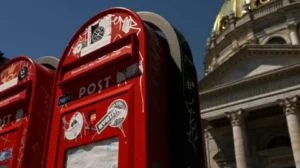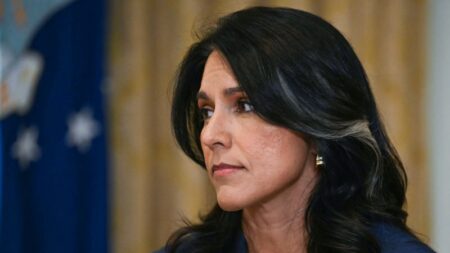On August 5, 2025, a significant milestone was marked in Welsh political history: the centenary of Plaid Cymru, the Party of Wales. Established in 1925 in a modest meeting room in Pwllheli during the National Eisteddfod, the party aimed to promote the Welsh language and push for greater self-governing powers for Wales. The small sign outside the shop where this meeting took place sits almost unnoticed, yet it highlights the critical role Plaid Cymru has played in shaping Welsh identity and its political landscape over the past century.
Throughout its 100 years, Plaid Cymru has undergone various transformations, shifting from a social movement to a prominent political entity within Welsh politics. Its early days were characterized by a focus on cultural preservation and self-government, yet as history progressed, the party sought to address broader socio-economic issues. This development reflects a broader narrative – that political parties are eventually measured by their electoral success, and in that area Plaid has a mixed record.
The turning point for Plaid Cymru came in 1966 with their historic victory in the Westminster by-election for Carmarthen, where Gwynfor Evans claimed the party’s first parliamentary seat. This groundbreaking achievement was hailed as “earth-shattering” by former party leader Dafydd Wigley. However, after losing the seat in the subsequent general election, it underscored the challenges and fluctuations faced by Plaid Cymru over the decades. Despite intermittent successes, such as the 1999 Welsh Assembly election, the party has struggled to maintain a consistent position in the electoral hierarchy, frequently trailing behind the Labour Party, which has dominated Welsh politics.
Figures such as Cynog Dafis, a former Plaid MP, emphasize the party’s gradual evolution into a key player in Welsh politics. Today, there exists an acknowledgment within the party that it has reached the mainstream of Welsh political life. Current leaders, including Elin Jones, the Llywydd of the Welsh Parliament, believe that Plaid’s mission should include taking ownership as a left-of-center alternative to Labour. The party’s historical context is crucial, as its identity has always been tied closely to Welsh culture, as former Welsh Conservative leader Nick Bourne pointed out.
As Plaid Cymru approaches the next Senedd elections in 2026, under the leadership of Rhun ap Iorwerth, the party has set ambitious goals. Opinion polls indicate a possibility that Plaid could contend for a more considerable share of power, raising questions about whether the party can outpace Labour and other rising political forces in Wales. There is a palpable sense of anticipation surrounding the elections, as changing dynamics in Welsh politics could potentially open the door for Plaid Cymru to achieve its long-time objective of leading the Welsh government.
Notably, the party’s internal discussions reflect the tension between being a party of protest versus a party of government. This dilemma touches on the party’s strategy: should it focus on pressing Labour for change or position itself as a vehicle for actual governance and change? The 2021 cooperation agreement with Labour marked a formative moment in this debate, allowing some Plaid policies to influence Labour-led governance.
Looking forward to the upcoming electoral landscape, Plaid’s aspirations to redefine its role and impact in Welsh politics are evident. With the backing of a party that is steadily aiming for governance, the next chapter of the party’s history is yet to be written. Is it time for Plaid Cymru to reclaim its place, or will historical patterns repeat themselves in Welsh politics? The answer will unfold as the political arena prepares for one of its most crucial tests in the years to come.











